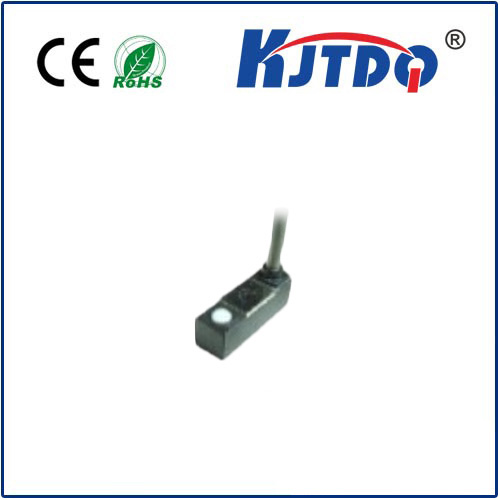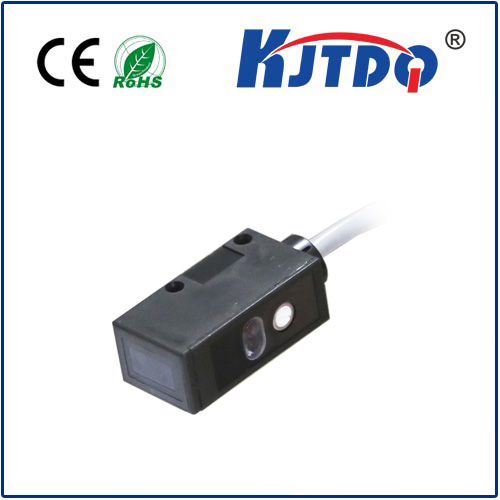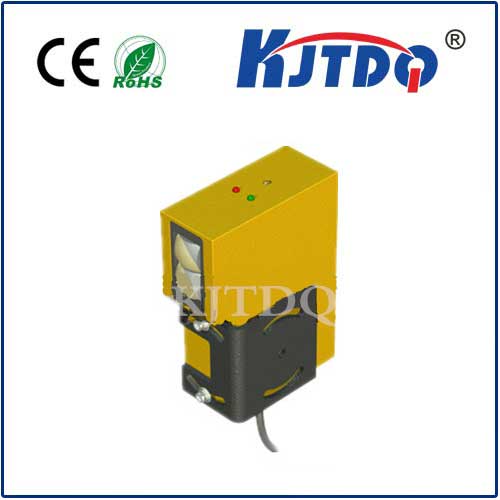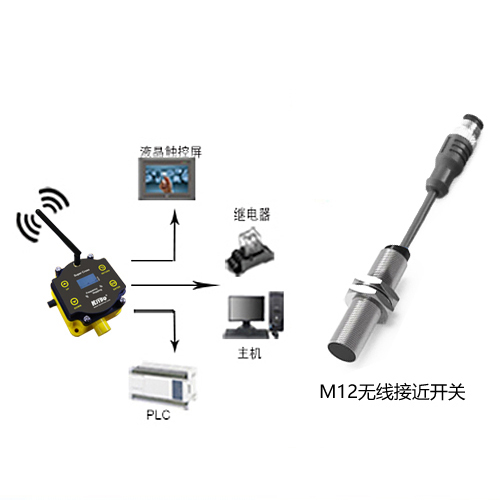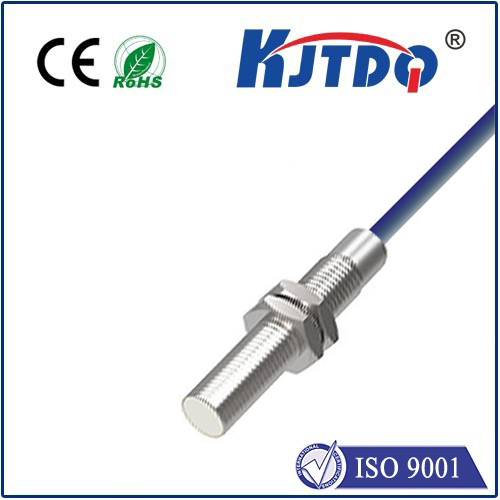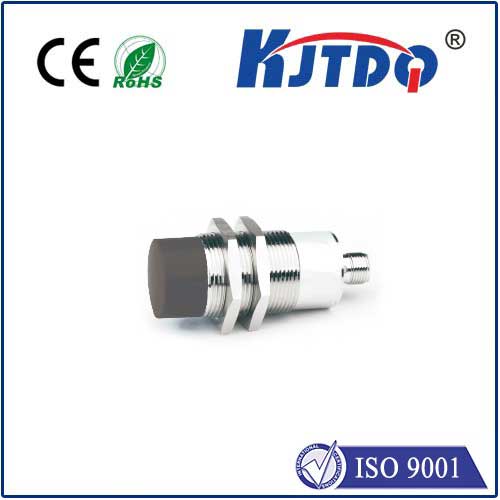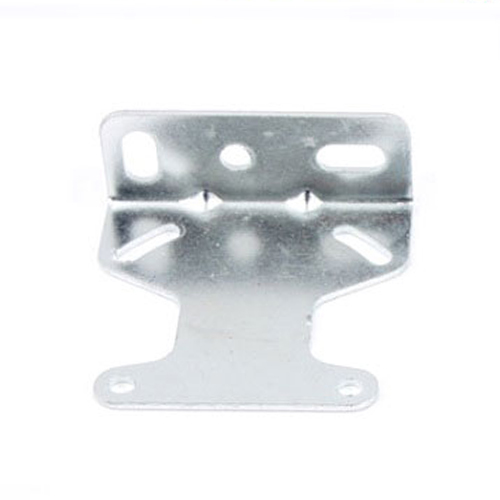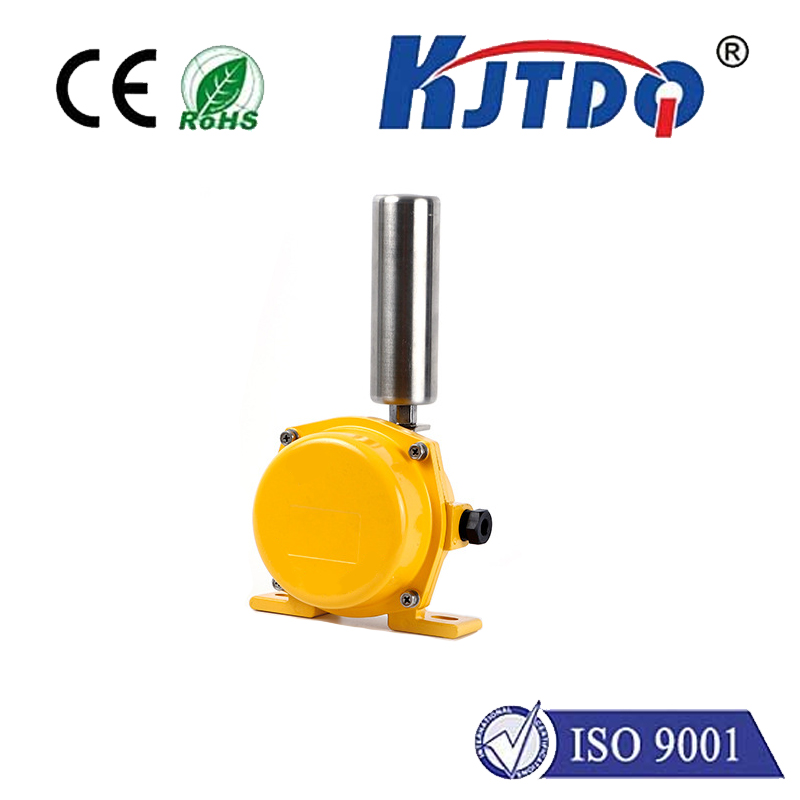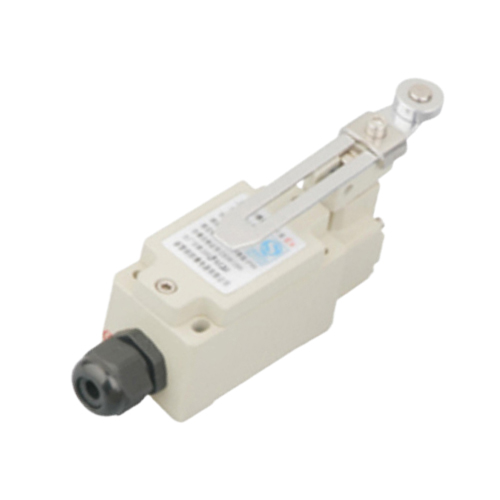E3FB-DN11 2M 5v photoelectric sensor
- time:2025-10-09 09:25:59
- Нажмите:0
Beyond Detection: How the E3FB-DN11 2M 5V Photoelectric Sensor Powers Precision Automation
In the bustling heart of modern factories and warehouses, where speed, accuracy, and reliability are non-negotiable, countless unseen devices work tirelessly. Among these silent guardians ensuring seamless operation are photoelectric sensors. And when specific demands like robust object detection at extended ranges or integration into sophisticated low-voltage systems arise, a sensor like the E3FB-DN11 2M 5V steps into the spotlight. What makes this particular model a trusted solution across diverse automation challenges?
Decoding the Name: Understanding the E3FB-DN11’s Core Identity
The model name “E3FB-DN11 2M 5V” itself provides a concise specification sheet:
- E3FB: Indicates the series, typically signifying a compact, cylindrical sensor body.
- DN11: Specifies the output configuration. Here “DN” often denotes an NPN output transistor, forming a crucial part of the sensor’s interface with control systems like Programmable Logic Controllers (PLCs).
- 2M: Clearly defines the integrated 2-meter detection distance. This fixed sensing range simplifies installation and calibration for specific applications needing that reliable, pre-set gap.
- 5V: Specifies the operating voltage requirement of just +5V DC. This low-voltage operation is vital for compatibility with modern microcontrollers, specific PLC modules, or sensitive electronic circuits, making it exceptionally versatile in contemporary setups.
The Photoelectric Principle: Seeing What Eyes Might Miss
At its core, the E3FB-DN11 operates on photoelectric sensing technology. This involves emitting an infrared light beam from a transmitter component. An object entering the specified detection zone (in this case, within the reliable 2-meter range) will interact with this beam. This interaction takes one of two primary forms:

- Beam Blocking (Through-Beam Mode): An object physically interrupts the beam travelling from a separate transmitter unit to the receiver within the sensor. This interruption triggers the sensor’s output switch. This method offers superior detection range and reliability.
- Light Reflection (Diffuse-Reflective Mode): Here, the sensor emits light, detects the reflection off a nearby object, and triggers when that reflected light intensity surpasses a set threshold. While simpler to install (only one unit needed), scattering light restricts effective range and stability compared to through-beam setups.
The E3FB-DN11 2M is fundamentally designed for high-precision through-beam photoelectric sensing, leveraging this principle to achieve its specified stable 2-meter detection capability.
Why the “2M” Matters: The Advantage of Defined Range
А.fixed detection distance of 2 meters offers significant practical benefits:
- Simplified Setup: Eliminates the need for sensitivity adjustments or distance calibration during installation, reducing commissioning time and potential errors.
- Guaranteed Performance: Users gain absolute confidence that objects positioned precisely at or just within 2 meters will be consistently detected. This is critical for processes involving fixed-position triggers, like counting items on an assembly line or verifying parts presence at a specific workstation.
- Enhanced Reliability: With no potentiometers or complex settings vulnerable to drift or accidental alteration, the 2M specification ensures long-term stability and sensor integrity.
- Optimized Solution: Provides a cost-effective, perfectly tailored solution for applications where the precise 2-meter gap is a fundamental operational parameter, avoiding the over-complexity and potential cost of longer-range, adjustable sensors.
The Power of 5V: Seamless Integration in the Digital Age
The operating voltage of +5V DC is arguably as crucial as the detection range for many modern applications:
- Microcontroller & Logic Circuit Compatibility: Direct integration with Arduino, Raspberry Pi, and countless other microcontroller boards becomes effortless, eliminating the need for complex level-shifting circuits required for higher-voltage sensors (like 12V or 24V).
- Modern PLC Interfacing: Many modern PLCs and distributed I/O modules feature dedicated low-voltage input cards (5V/3.3V logic) designed for sensors like the E3FB-DN11. This ensures plug-and-play simplicity and electrical safety within these systems.
- Reduced Power Consumption: Operating at 5V inherently lowers power draw, a significant benefit in battery-powered mobile equipment, portable devices, or large installations where minimizing energy consumption is a priority.
- Electrically Cleaner: Lower operating voltage generally correlates with lower noise emissions, making the sensor less susceptible to electrical interference and less likely to generate interference affecting nearby sensitive electronics.
Where the E3FB-DN11 2M 5V Truly Shines: Key Applications
The unique combination of through-beam reliability, a fixed 2-meter gap, and 5V compatibility makes this sensor invaluable in numerous scenarios:
- Precision Conveyor Gap Detection: Ensuring consistent spacing between products moving on a conveyor belt exactly 2 meters apart.
- Assembly Line Presence Verification: Confirming the presence of components or assemblies at fixed stations, especially within robotic workcells.
- Small Machine Automation: Providing object detection in compact machinery, robotic arms, or laboratory equipment where logic circuits operate at 5V.
- Electronic Device Manufacturing & Testing: Safely interfacing with sensitive PCBs and test fixtures requiring low-voltage signals.
- Sterile Environments: Compatible with cleanroom or laboratory equipment where standard 24V systems might be less desirable.
- Prototyping & Educational Projects: The 5V operation makes it an ideal choice for students and engineers building projects with microcontrollers like Arduino or Raspberry Pi, thanks to its simplified wiring and compatibility.
The Unseen Engine of Reliability
The E3FB-DN11 2M 5V photoelectric sensor exemplifies how a focused design, combining a reliable detection method (through-beam), a precisely defined operating parameter (2-meter range), and critical electrical compatibility (5V operation), creates a solution uniquely suited to specific challenges in automation. It offers a blend of robustness, predictability, and ease of integration often required in modern manufacturing, logistics, electronics, and prototyping environments. While it might be one small component among many, its ability to consistently deliver accurate detection signals at its specified distance and voltage makes it an indispensable foundational element in building reliable and efficient automated processes.

